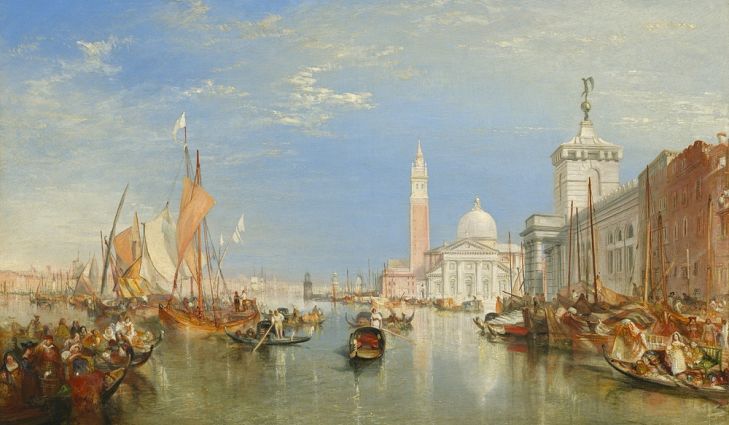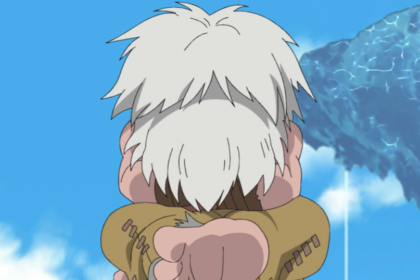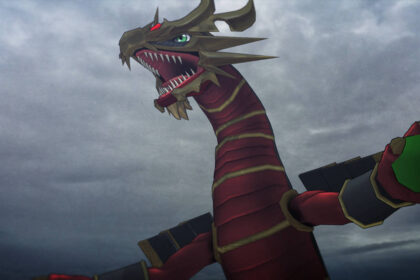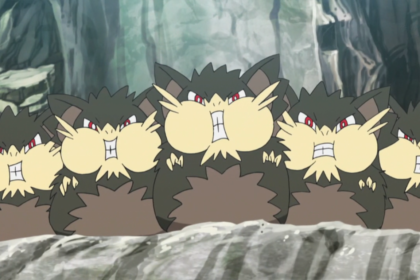Romanticism was a creative period of art that bred a lot of masterpieces. However, there’s plenty to know about Romanticism ideas themselves beyond the paintings born from it. Take a look below for 25 interesting and fun facts about Romanticism Art.
1. Romanticism is unique in that it isn’t quite definable. It’s more about individual expression. There also isn’t a set technical set style in the era. You may see one artist who focuses on portrait-style artwork while another might focus on landscapes. The genre is unique in that it’s defined by subject rather than style like the Impressionist era, for example.
2. True oil paintings of the Romantic era were produced in the late 1700’s to mid-1800s. It was between the Baroque and Realism eras. Eras in the arts aren’t defined by strict dates the same way political or monarchal eras are. Most art historians agree that the era really reached its peak from around 1800 to the 1850s.
3. One of the most famous Romanticism paintings is Francisco Goya’s El Tres de Mayo 1808 or, in English, The Third of May 1808. The painting was a representation of the Spanish resistance to Napoleon’s French invasion. It’s considered one of the most realistically harrowing paintings of the era as it shows the tangible fear of the crowd.
4. Delacroix, like Goya, is a famous Romantic artist that many still buy paintings and reproductions of his. One of his most famous oil paintings is Liberty Leading the People. Rather than the fear of the French invasion, this painting went in the opposite direction to express the victory of man. Specifically, it portrays the victory of the people when King Charles X was dethroned.
5.The Romantic era was inspired by the idea of going back to similar times which was captured by the idea of Weltschmerz or “world-weariness.” Jean Paul, a German author, was the first to bring up this idea. The term describes the feeling when man realizes that the physical world will never live up to what we hope for and wish it would be.
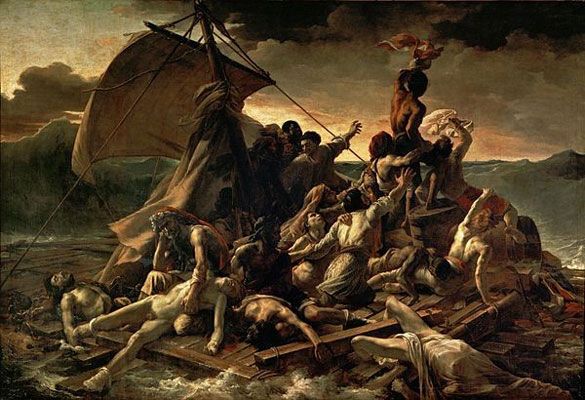
6. Back-to-Eden is an idea coined by Jean-Jaques Rousseau. The idea behind it is that when we’re born, we’re completely pure but as we grow up, society taints us. The “back to” portion of the phrase indicates that if man was to get back in touch with nature, we could reclaim our purity. Taking a look at society from this perspective inspired a lot of art in this era.
7. Nature was a point of awe and fear in this era. This was, in part, due to the raw strength it holds and the power and draw it has. Much like the back-to-Eden concept, it’s a displays natures power compared to the fragility of man. In addition, natural disasters were used as symbolism for greater issues. For instance, a painting that shows hopelessness might include imagery of rain, storms, or clouds.
8. Many of the painting on canvas born of Romanticism art has to do with shipwrecks such as The Raft of Medusa by Théodore Géricault. This ties back into the theme of natural disasters. The painting was originally simply called Scène de Naufrage or The Shipwreck. It’s now considered one of the icons Romanticism and the original copy currently hangs in The Louvre in Paris.
9. Portraits were incredibly popular throughout history but Romanticism that brought landscapes to the forefront as subjects. As discussed before, nature was a big part of Romanticism but landscapes took an interesting turn at times. The idea behind them was to capture the artist’s perspective. In other words, two artists painting the same landscape may have entirely different results.
10. Romanticism wasn’t the only era at the time. Neoclassicism became popular before the Romantic Era but the end of it overlapped with the beginning of Romanticism. This was an era that aimed to modernize the art of Ancient Greece and Rome. As such, it was far more precise and tried to capture the subject of their work exactly the way it was.
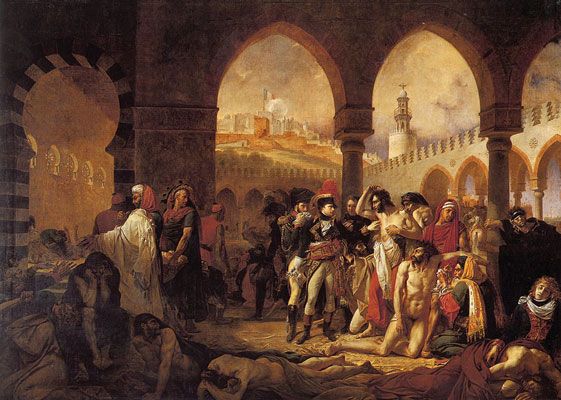
11. John Constable, an artist of the time, used small brushstrokes. He focused on natural subjects and landscapes. Some of his more famous works include Salisbury Cathedral from the Bishop’s Grounds and The Opening of Waterloo Bridge seen from Whitehall Stairs. This style inspired many Impressionists such as Claude Monet later on.
12. Fairy tales played a large part in the inspiration of the period. The Lady of Shalott by John William Waterhouse from this period was inspired by a Tennyson poem. The subject of this painting is Elaine of Astolat or, more commonly, Lady Elaine. She’s the character in Arthurian legend that dies of her unrequited love for Sir Lancelot.
13. The French Revolution was the historical event that served as a large catalyst that kicked off the height of the Romantic period in art and literature. It represented a lot of what the period was about. It represented the ideals of the period: man rising up to topple the constraints of society.
14. If you look at a Romantic masterpiece of a crowd of people, you’re likely to see a distinct look on every face. These are usually vivid and dramatic because they stand as the emotion of the piece. The Third of May 1808 is a great example of this. If you look at the faces of the crowd being threatened, each one descriptively paints the fear of the event.
15. Animals were also a popular topic in this era. Instead of a realistic portrayal of the animal, the paintings encompassed a trait of that animal. These usually focused on traits such as majesty or strength. This is why you might see a painting of a horse whinnying and neighing in a powerful pose even if the anatomy isn’t completely accurate.
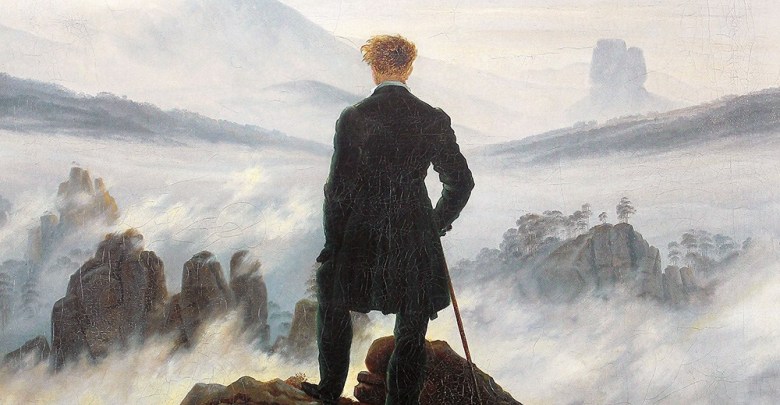
16. Romanticism was often inspired by current events. Delacroix’s Liberty Leading the People was released in 1830 in response to the July Revolution of 1830. It showed the strength of history as it was happening. It showed the romantic elements the current day held rather than solely focusing on the lost times of the past.
17. Romanticism depends on drama. While there isn’t a set style, most of these paintings have drastic colors or themes. You can think of this in the same way you’d think of a novel from this period. The story contains stark feelings and powerful events but instead of being captured over a series of chapters, it’s consolidated into a single canvas.
18. As with any other era, portraits were a part of Romanticism. These weren’t about catching the image of the subject but their emotion. For instance, a child’s portrait might focus on capturing that child’s innocence instead of focusing as much on capturing detailed facial features. That isn’t to say that the portraits are unrealistic in the same way abstract art does, though.
19. Romanticism loved the idea of freedom. This could be freedom from direct authority figures or freedom from the constraints of society, it was a driving force. Artists wanted to be free from the constraints of society and free to follow their hearts and get back to nature.
20. Romanticism isn’t about love stories. Instead, it romanticizes the human condition – how a person can wield liberty and other ideals. That being said, romance can most definitely play a role in this perspective of the human condition. The Lady of Shallot comes to mind once again.
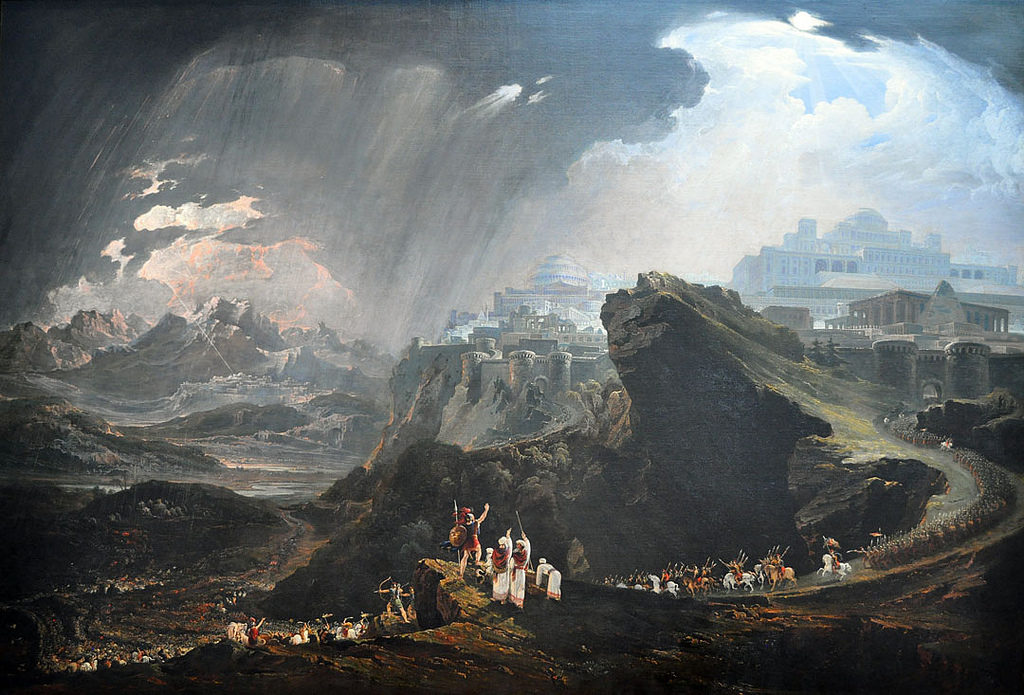
21. Gothic and romantic art are often referred to simultaneously and they share a flair for the dramatic. One of the best examples of this juxtaposition is The Nightmare by Henry Fuseli which depicts a sleeping woman with a demon on her chest. Saturn Devouring His Son by Francisco Goya follows a horror theme as well, borrowing from Roman mythology.
22. This period followed closely behind the Enlightenment. The latter put science and rational above all else while Romanticism turned to primal ideas such as nature and strong emotions. This once again highlights the concept of society vs. purity in art and science.
23. Romanticism, as we’ve said, focused on nature a lot but it differs from traditional naturalism. Naturalism depicts replicas of nature down to the detail while Romantic artists take more liberties with their interpretations.
24. Plein air painting – or painting outdoors – was popular in this era. This is likely due to natural inspirations. Whereas painters of old would work indoors on their portraits or landscapes, this era brought many artists outside. This once again goes back to the back-to-Eden theme.
25. The Romantic Era also included music and literature. Beethoven was one of the transitionary artists of the time and the works of Edgar Allen Poe fall in the period. Much like any other artistic period in history, all forms of art took note of the themes of this era.

